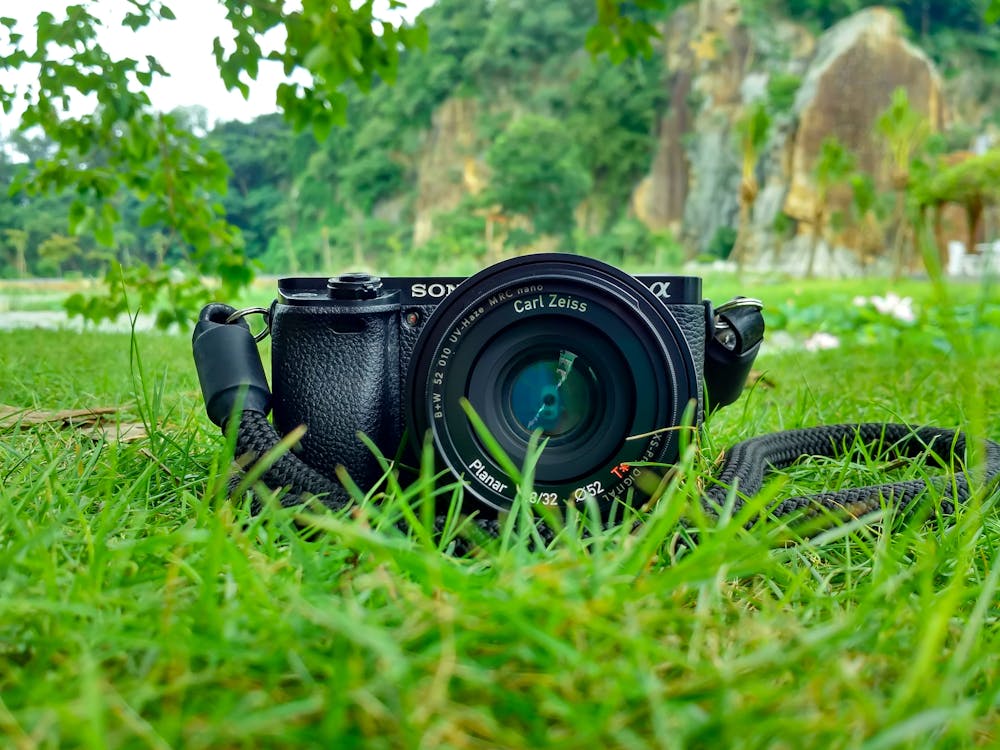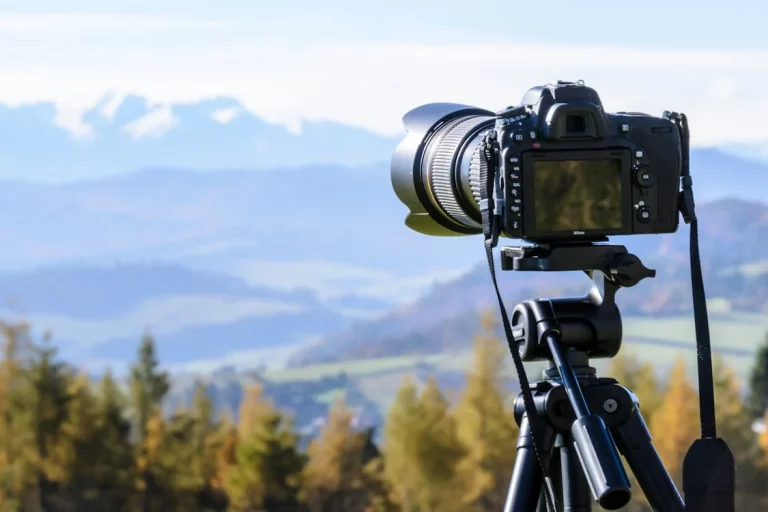Landscape photography is a genre that allows photographers to capture the grandeur and beauty of nature. From sweeping mountain vistas to tranquil beach scenes, landscape photography offers endless opportunities for creativity. If you’re looking to improve your landscape photography skills, here are five essential tips to help you capture stunning images of the natural world.
1. Plan Your Shoot for the Best Light
The light in your landscape photos can drastically affect the mood and tone of the image. To capture the best light, plan your shoots around specific times of the day. The “golden hour”—just after sunrise and just before sunset—provides soft, warm light that enhances the beauty of landscapes. The long shadows during this time create depth and texture, making your images more dynamic.
- Blue Hour: Just before the sun rises and after it sets, there’s a period known as the “blue hour.” During this time, the sky takes on a rich, cool blue tone, perfect for capturing serene and moody landscapes.
- Cloudy Days: Overcast skies often provide soft, diffused light that’s perfect for shooting landscapes without harsh contrasts. Cloudy days can create a more dramatic and atmospheric look, especially for forest and mountain photography.
Don’t forget to check the weather forecast before heading out—sometimes, unpredictable weather conditions can offer the most spectacular lighting for your shots.
2. Use a Wide-Angle Lens for Expansive Views
To capture the full breadth of a landscape, a wide-angle lens is your best friend. These lenses typically have a focal length between 14mm and 35mm, allowing you to capture vast, sweeping scenes. Wide-angle lenses create a sense of grandeur by exaggerating the depth and perspective of the scene, making the foreground appear larger and the background more distant.
When using a wide-angle lens, pay attention to the edges of your frame. Distortion can occur, especially in the corners of the image, so keep the horizon line straight and avoid placing important elements too close to the edges.
3. Master Composition for Impactful Shots
Composition is key to creating powerful landscape photos. One of the best ways to compose your landscape shots is by using the rule of thirds. Divide your frame into three equal parts both horizontally and vertically, and place important elements of your scene along these lines or at their intersections. This creates a balanced and harmonious image that’s easy on the eyes.
- Leading Lines: Look for natural lines in the landscape, such as rivers, roads, or paths. These lines can lead the viewer’s eye into the image, creating a sense of depth and guiding the viewer through the photo.
- Foreground Interest: Adding elements to the foreground, such as rocks, flowers, or trees, can create a sense of scale and depth in your images. The foreground provides context for the rest of the scene, making the landscape feel more immersive.
Remember, composition is not just about placing objects in your frame—it’s about telling a story with your image.
4. Stability is Key: Use a Tripod
When shooting landscapes, especially in low light or when using slow shutter speeds, a tripod is essential for ensuring your images are sharp and clear. A tripod prevents camera shake, which can cause blurriness, particularly when you’re capturing long exposures.
Tripods also give you the flexibility to carefully compose your shot and make minute adjustments to your frame. If you’re shooting a series of photos for a panorama, a tripod ensures that each image aligns perfectly.
5. Embrace the Weather for Unique Shots
The weather can be your greatest ally in landscape photography. Whether it’s fog rolling in over a valley, a dramatic storm cloud gathering in the sky, or the light filtering through the trees after a rainstorm, weather conditions can add a unique atmosphere to your images.
- Fog: Fog can transform a mundane landscape into something mystical and mysterious. It softens the scene and creates an ethereal mood.
- Storms and Dramatic Skies: Stormy weather can bring out dramatic skies and moody lighting. The contrast between dark clouds and sunlight breaking through can create powerful and dynamic photos.
Always be prepared for changing weather conditions when shooting outdoors. Sometimes, the most beautiful landscapes are born from the unexpected.
Conclusion: Find Beauty in the World Around You
Landscape photography is an art form that requires patience, planning, and a keen eye for the natural world. By understanding light, mastering composition, and using the right tools, you can create breathtaking images that showcase the beauty of our planet. Remember to be patient and embrace the elements—you never know when the perfect moment will present itself.




Hi, this is a comment.
To get started with moderating, editing, and deleting comments, please visit the Comments screen in the dashboard.
Commenter avatars come from Gravatar.